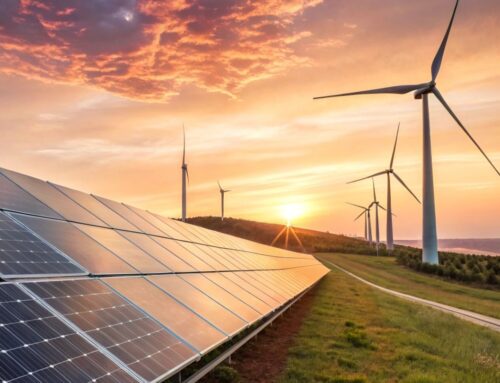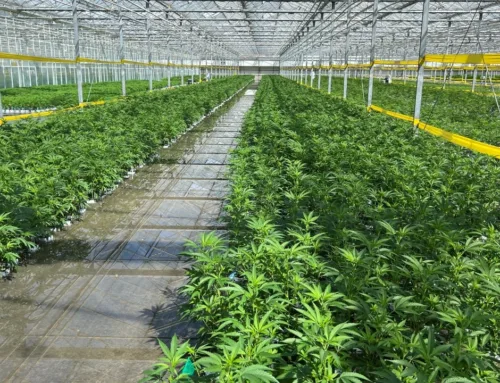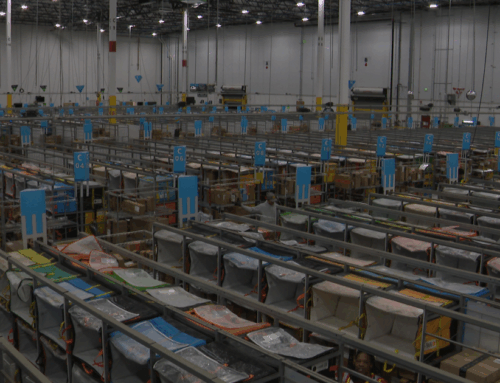Clean Energy Faces Hard Market Truths
May 21, 2025
As soon as the November 2024 election results were in, proponents of the energy transition started warning the end of their industries was nigh. They weren’t wrong. Trump has wasted no time clipping the wings of wind, solar, EVs, and related industries that have enjoyed years of generous financial support—from taxpayers’ money. This is now over, and these industries will need to learn to survive on their own.
Republican legislators are busy drafting ways to slash billions in subsidies that have contributed significantly to the thriving of solar and wind businesses, encouraged billions in pledged investments from battery makers, for example, and cushioned the blow of EV sales losses for the Big Three as they struggle to make the shift to EVs that Americans don’t really want to buy. The targeted industries are, naturally, not happy about it.
“While American businesses are demanding more energy to compete against our adversaries, and consumers are turning to clean energy to hedge against rising electricity prices, these proposals will undermine our nation’s efforts to achieve President Trump’s American energy dominance agenda,” the president of the Solar Energy Industries Association said in a statement in response to the House Energy and Commerce Committee’s reconciliation bill proposal, released earlier this month.
This is perhaps one way of putting things, even though high electricity prices appear to be inextricably linked to wind and solar proliferation—and the link appears to be direct and causal. Among the transition industries, other weapons for fighting back Trump’s energy policies are the threats of lost investments and, of course, jobs. Furthermore, some are arguing that these energy policies of the current federal government are about to disrupt a “booming business”.
Related: Oil Giant Rosneft Buys Russia’s Biggest Rare Earths Deposit
“Developers have built $145 billion in solar, wind and battery-storage projects since expanded federal tax credits were approved in 2022, while manufacturers have invested $73 billion in 94 factories that are now operating,” Jennifer Hiller from the Wall Street Journal wrote this week, noting that what the House lawmakers are doing with the budget reconciliation bill could put an end to all this, threatening the survival of these industries.
Not only this, but state governments are appearing to turn on wind, solar, EV batteries, and anything else transition-related, tightening rules for capacity buildouts and getting more selective with the permitting. It sounds really bad for the industries concerned. However, the alarm among them begs one question: if they are, indeed, thriving, can they not keep thriving in a less-subsidized environment?
Hiller’s statement about the expansion of wind, solar, and battery storage is telling. That $145 billion worth of capacity was built in the two years since the Biden administration supercharged subsidy support with some $400 billion in the Inflation Reduction Act and the Chips and Science Act. And even with that level of support, as much as 40% of projects announced following the IRA got delayed, some of them indefinitely, as the Financial Times reported last year.
These facts do not paint the picture of a “booming business”. Rather, they paint the picture of a business environment carefully crafted and nourished selectively to survive against competition that obeys market conditions. Wind, solar, EVs, and batteries were picked as the winners in a race where all other participants followed one set of rules while the chosen ones followed their own special set of rules, involving pretty much unconditional support, while others became subjects of increasingly tighter regulation.
What is happening now is the pendulum swinging back, plain and simple. Local communities across the United States are fighting back against wind turbines and solar panels on their lands, and state and local governments are running out of money to subsidize EV sales or solar installations. Meanwhile, the drawbacks of alternative energy sources have become more obvious now that there is so much capacity around.
Last year’s crash in wind and solar stocks was evidence enough that even with subsidies, these technologies can and do have trouble, such as the impossibility of delivering electricity on demand, the need for costly battery backup to have a chance at delivering electricity on demand, and the increasingly high costs of construction and operation—because inflation does not spare wind and solar. There is also the issue of negative prices due to overproduction of wind and solar electricity during periods of low demand and, on top of all this, too many wind turbines in one place lead to lower wind speeds and lower electricity output in a very special case of self-cannibalization.
Wind and solar industries really did boom during the Biden administration. The reason for this boom was the constant and growing financial assistance they were getting from the federal government, and a lot of state and local governments determined to build a next-era energy system—based on the arguments of people with a solid vested interest in such a system even if it would ultimately prove unworkable. Now, wind and solar are being exposed to free market rules—the same that govern most other industries. That’s a great opportunity to prove they can survive on their own without hundreds of billions in subsidies.
By Irina Slav for Oilprice.com
More Top Reads From Oilprice.com
- Centrica Divests North Sea Gas Field Stake
- CATL Predicts Major Shift to Electric Trucks in China
- Turkey Announces Major Shale Oil Reserve Discovery
Search
RECENT PRESS RELEASES
Related Post




